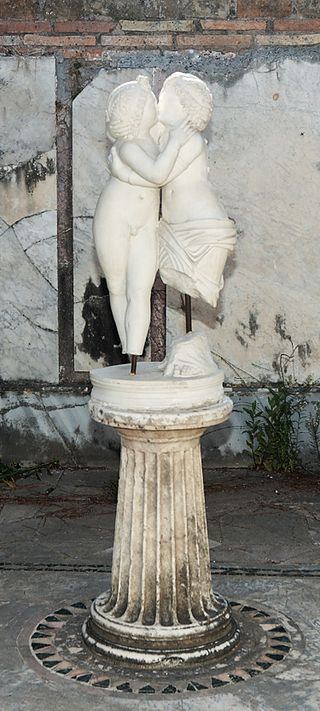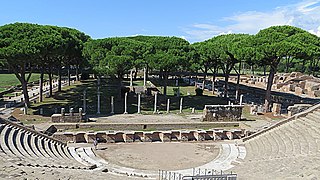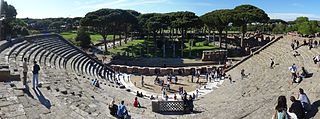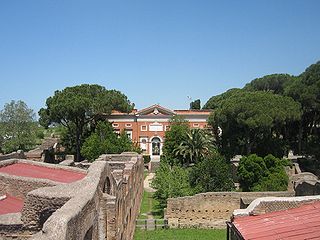Self-guided Sightseeing Tour #5 in Rome, Italy
Legend
Guided Free Walking Tours
Book free guided walking tours in Rome.
Guided Sightseeing Tours
Book guided sightseeing tours and activities in Rome.
Tour Facts
1.3 km
21 m
Experience Rome in Italy in a whole new way with our free self-guided sightseeing tour. This site not only offers you practical information and insider tips, but also a rich variety of activities and sights you shouldn't miss. Whether you love art and culture, want to explore historical sites or simply want to experience the vibrant atmosphere of a lively city - you'll find everything you need for your personal adventure here.
Activities in RomeIndividual Sights in RomeSight 1: Piazzale delle Corporazioni
The Forum of Corporations, or the Piazzale delle Corporazioni, was the principal center of commerce and trade for the Roman Empire mainly during the Age of Augustus. Located in the major port city of Ostia, this open-air market was essential for Rome as a place of varying and exotic goods from foreign lands. Merchants gathered here to sell anything from grain and shipping services to elephants and giraffes.
Sight 2: Theatre
Get Ticket*The Roman theater of Ostia was built in the Augustan age and remodeled at the end of the second century. In the numbering given to the Ostian buildings by the excavators in the post-war period, it corresponds to II, VII, 2. It was built in the area that in the Republican age had been delimited for public use by the urban praetor of Rome along the Tiber, east of the walls of the Republican castrum. In the Augustan phase it could accommodate 3,000 spectators, which became 4,000 after the reconstruction.
Sight 3: Terme del Foro
The Baths of the Forum may refer to:Baths of the Forum of Cuma; Baths of the Forum of Herculaneum; Baths of the Forum of Ostia; Baths of the Forum of Pompeii.
Sight 4: Antiquarium di Ostia Antica
The Museo Archeologico Ostiense is an archaeological museum dedicated to the ancient Roman city of Ostia in Rome, Italy.
Sight 5: House of Cupid and Psyche

The domus of Cupid and Psyche is a late antique domus of the Roman city of Ostia, built in opus listata in the second quarter of the fourth century, on an earlier row of taberne of the second century.
Sight 6: Terme dei Sette Sapienti
Located in the western part of Ostia, the Baths of the Seven Wise Men are a well-preserved example of a medium-sized Roman bathhouse from the 2nd century.
Share
How likely are you to recommend us?
Disclaimer Please be aware of your surroundings and do not enter private property. We are not liable for any damages that occur during the tours.
GPX-Download For navigation apps and GPS devices you can download the tour as a GPX file.


